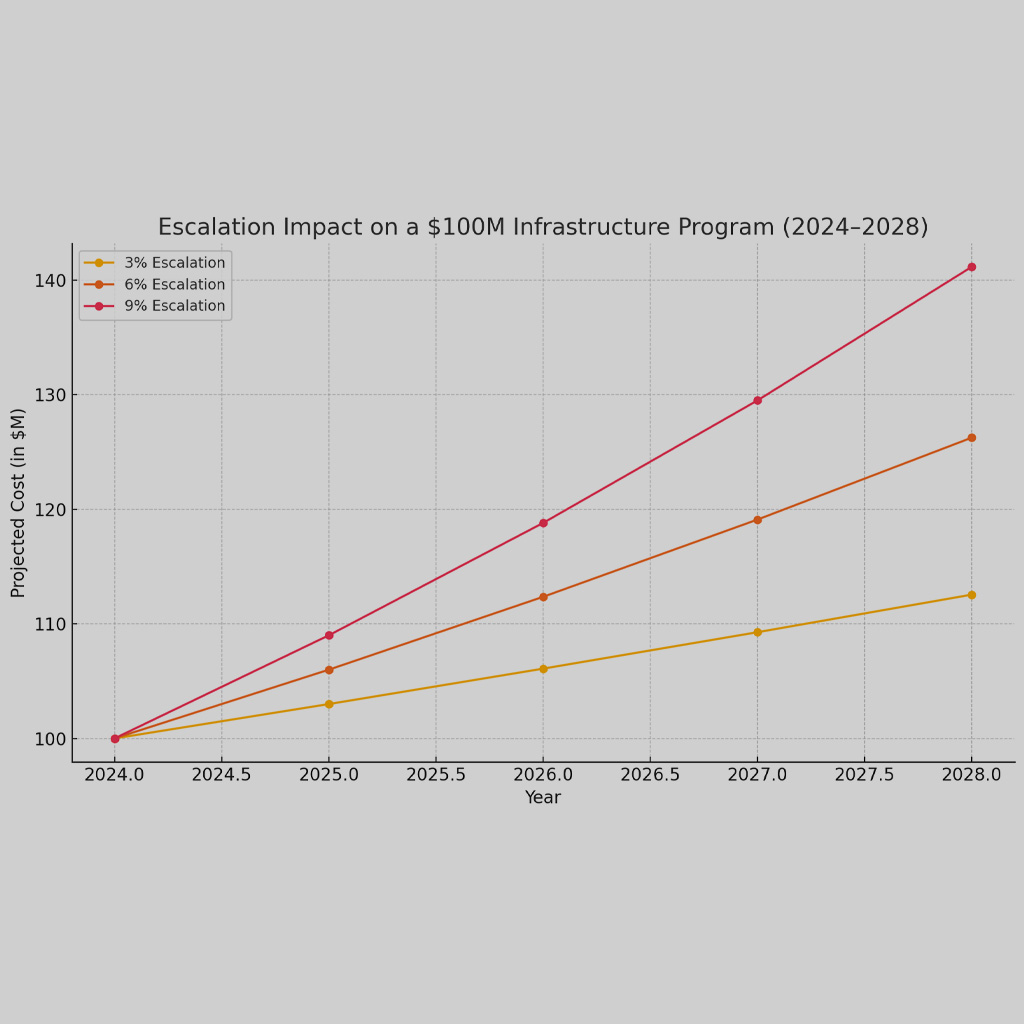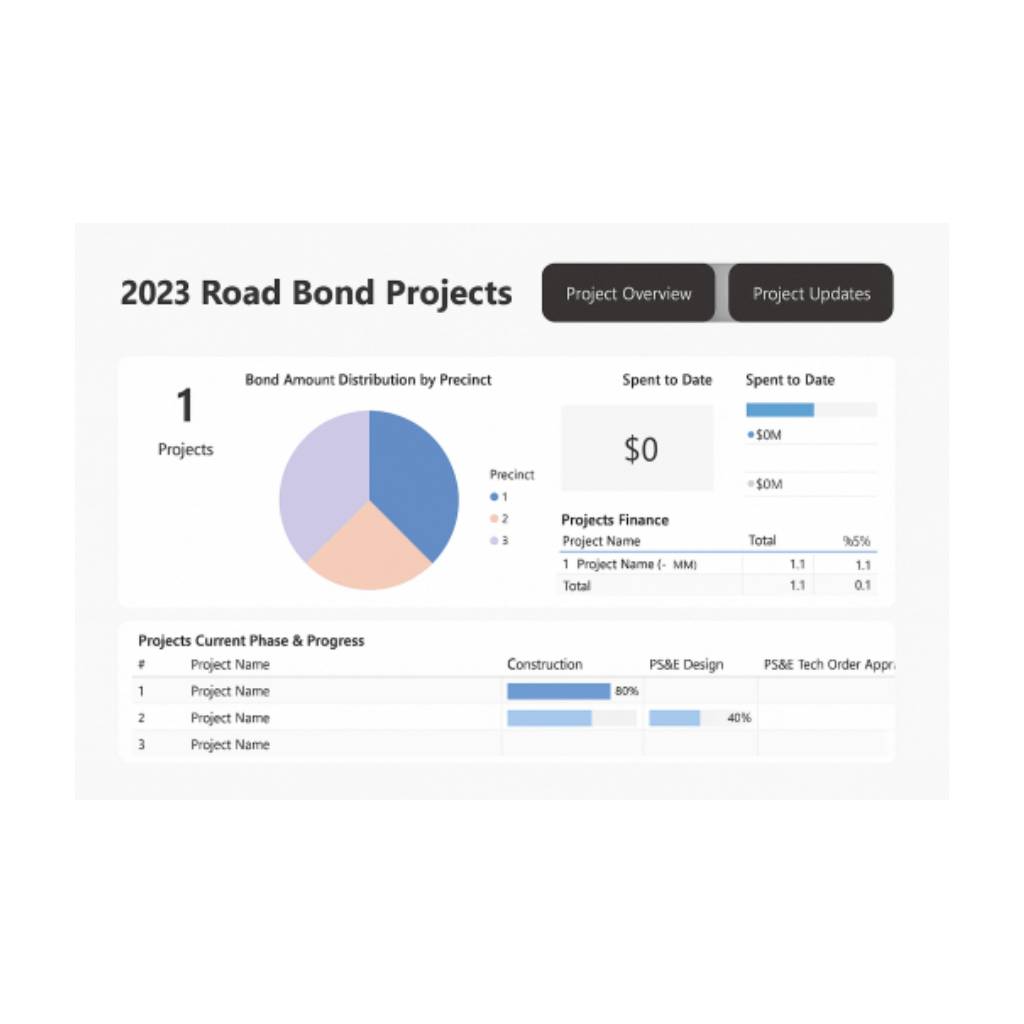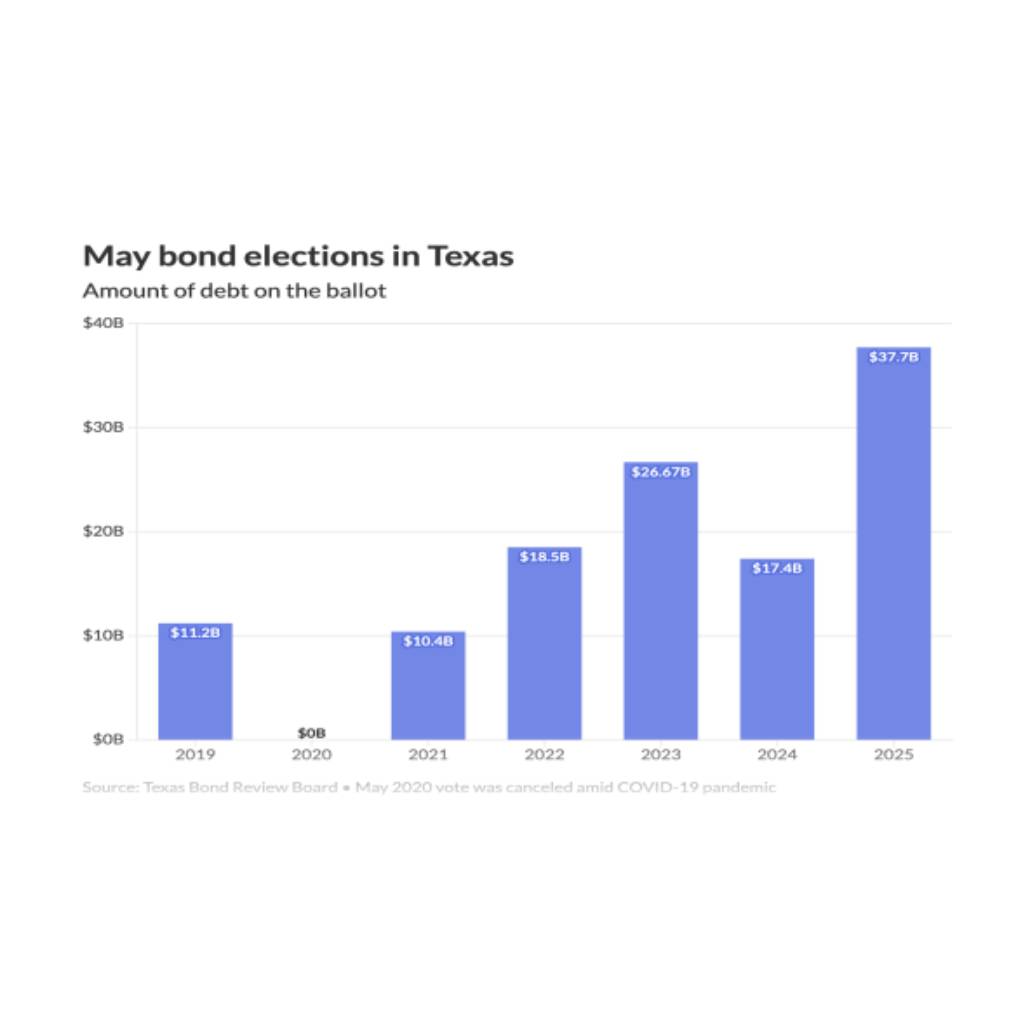– Christine Todd Whitman
Williamson County’s U.S. Highway 79 Corridor: The New Gold Standard for Economic Development
In the heart of Central Texas, Williamson County’s U.S. Highway 79 corridor is experiencing unprecedented growth, emerging as a national model for economic development. This 17-mile stretch, running from Round Rock to Taylor, and extending 97 miles to College Station, is transforming into one of the most desirable regions for advanced manufacturing, data centers, and industrial expansion. With major players like Samsung, Tesla, and Soulbrain Holdings leading the charge, the corridor stands as a beacon of strategic growth and opportunity, not only for Texas but for the entire United States.
A Booming Corridor Shaping the Future
In 2021, site selector John Boyd Jr. of The Boyd Company Inc. called U.S. Highway 79 “the most prized industrial real estate in the entire U.S.” Now, just a few years later, his assessment rings even truer. The corridor is home to multi-billion-dollar projects, with investments from tech giants and a range of supporting industries fueling explosive economic activity.
Among the standout projects:
- Samsung Electronics Co. Ltd. is building a $17 billion semiconductor chip manufacturing plant in Taylor.
- Soulbrain Holdings Co. Ltd. is constructing a $600 million phosphoric acid plant to support semiconductor manufacturing.
- Titan Development Ltd.’s Hutto MegaTech Center is attracting logistics and tech firms.
- Skybox Datacenters LLC and Prologis Inc. are developing state-of-the-art data centers in Hutto.
- The former Alcoa Corp. site in Rockdale is being transformed into an advanced manufacturing park.
According to a study by The Perryman Group, the combined economic impact of just these five projects is staggering. Upon full buildout, they are expected to generate 196,400 jobs and $24.3 billion in annual gross product for Milam County, plus an additional 34,700 jobs and $4.9 billion for Williamson County. These numbers are only the tip of the iceberg, with even more developments in the pipeline.
Why U.S. Highway 79? Connectivity and Readiness
The success of the U.S. Highway 79 corridor is rooted in strategic connectivity and site readiness. Williamson County benefits from its proximity to major highways like State Highway 130, rail lines, and Austin-Bergstrom International Airport. These factors provide seamless connections for logistics and supply chains, which are critical for advanced manufacturing and data center operations.
Moreover, shovel-ready sites—areas prepared for immediate development—are attracting major corporations looking to minimize lead times. Developments like the RCR Taylor Logistics Park offer prime real estate with existing infrastructure and easy access to key markets, making it a top choice for tech firms and suppliers.
Economic Impact: Growth, Housing, and Infrastructure Challenges
This explosive growth is not without its challenges. The Perryman study highlights a significant need for housing and infrastructure development to accommodate the surge in population. For example:
- Taylor could see an influx of 24,100 new residents, requiring 8,600 new housing units.
- Hutto is projected to grow by 32,800 people, needing 11,700 new homes.
- Rockdale anticipates 42,000 new residents and 19,800 housing units.
The rapid expansion also poses challenges for transportation and public services. Increased traffic and infrastructure demands mean that local officials need to invest in road extensions, utility upgrades, and public safety measures to keep pace with development. While rural neighbors have expressed concerns about some road projects, the need for improved infrastructure remains critical.
Strategic Planning and Public-Private Partnerships
Williamson County’s success along U.S. Highway 79 highlights the importance of strategic planning and public-private partnerships (P3s). By collaborating with economic development organizations, engineering firms, and private investors, the county is setting a strong foundation for sustainable growth. The Williamson County Economic Development Partnership, along with local entities like the Hutto Economic Development Corporation and the Taylor Economic Development Corporation, have played a crucial role in attracting and supporting these investments.
This collaborative approach ensures that new developments align with community needs, balancing economic growth with quality of life. By addressing housing, traffic, and infrastructure challenges proactively, Williamson County is positioning itself as a model for regions across the country.
A Blueprint for the Future
The transformation of the U.S. Highway 79 corridor is a testament to the power of strategic location, readiness, and forward-thinking leadership. The region’s blend of industrial, technological, and residential development creates a blueprint for other high-growth areas in the United States.
As Dave Porter, Executive Director of the Williamson County Economic Development Partnership, put it: “It’s quickly becoming an advanced manufacturing corridor… the amount of growth over the next quarter-century is going to be incredible.” This growth is not only a win for Williamson County but for the entire state of Texas and beyond.
Conclusion: The Road Ahead
The U.S. Highway 79 corridor’s rise to prominence offers valuable lessons in connectivity, readiness, and strategic investment. For businesses, developers, and communities, it demonstrates the potential of aligning infrastructure development with economic opportunity. As this corridor continues to boom, it stands as a powerful example of how thoughtful planning and collaboration can turn a stretch of highway into a thriving hub of innovation and prosperity.
Williamson County’s journey along U.S. Highway 79 is far from over, and for those invested in the future of infrastructure and economic development, it’s a story worth watching — and learning from.













